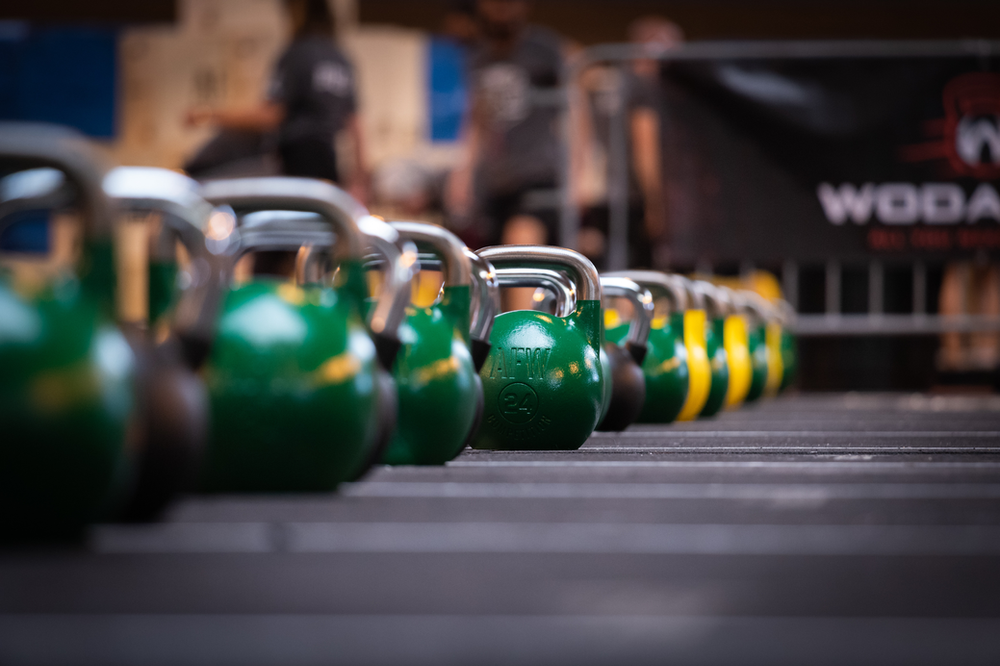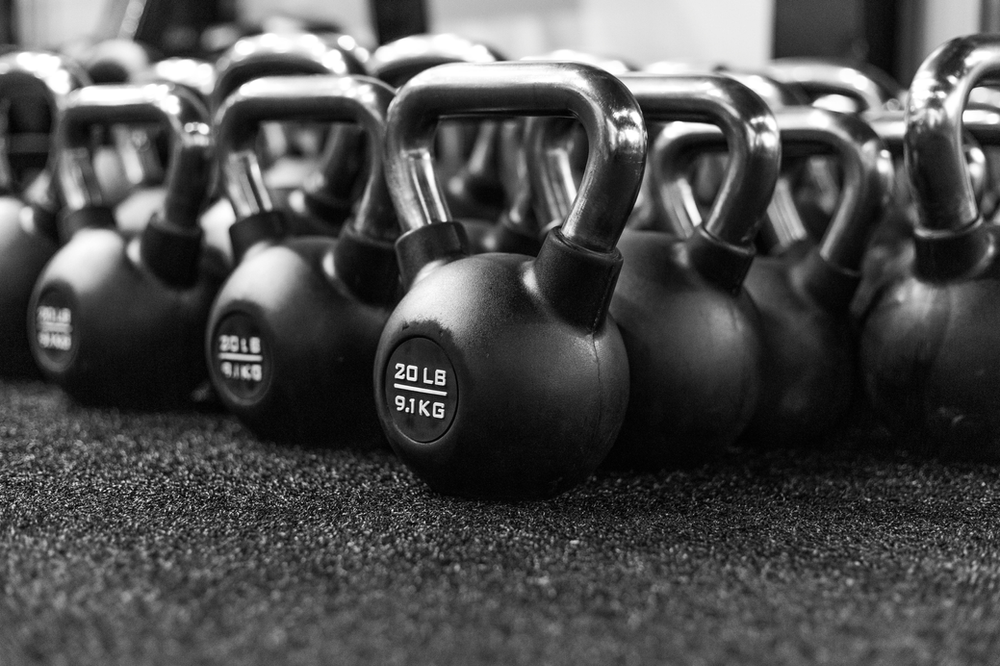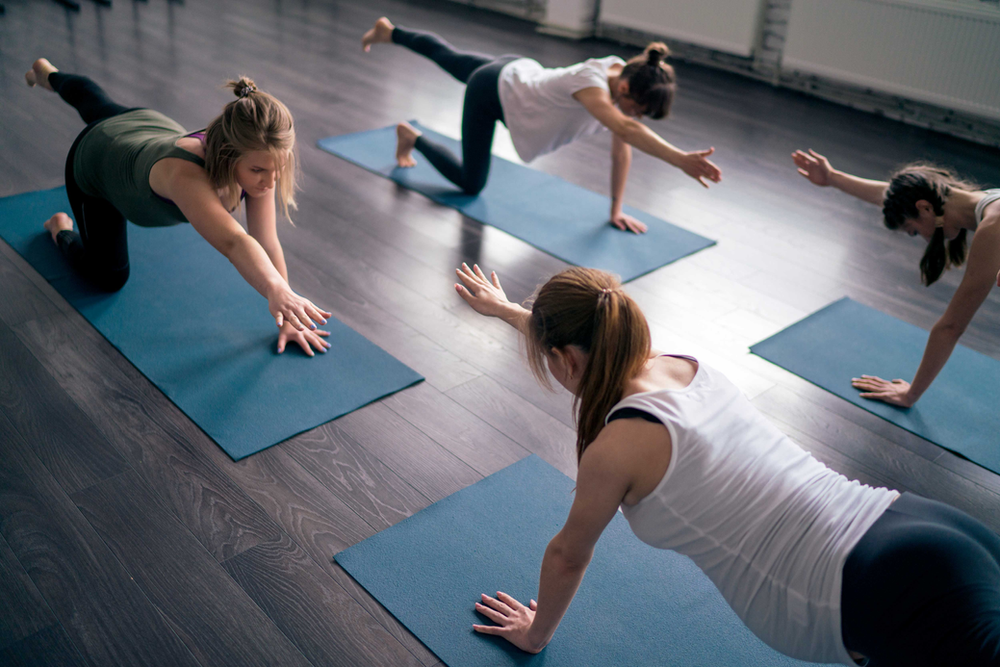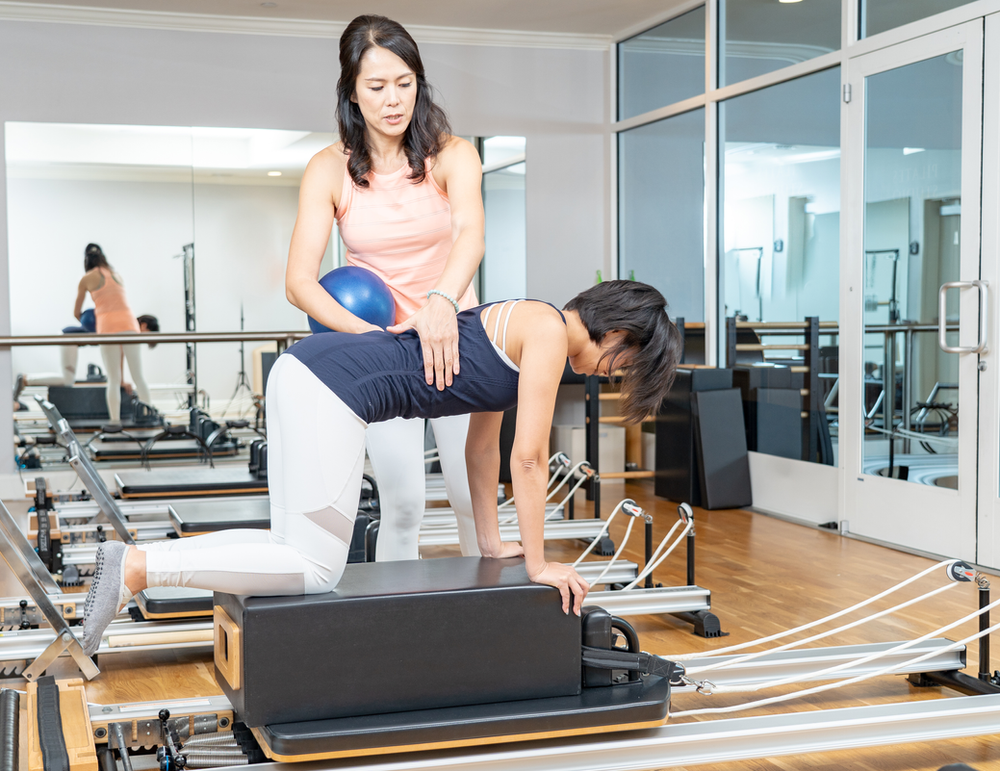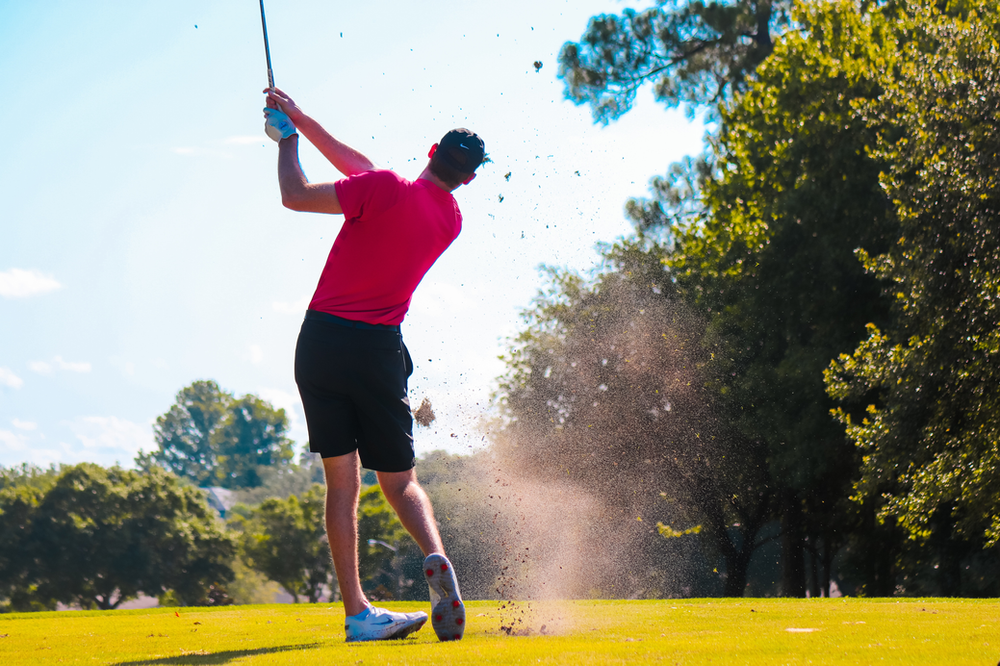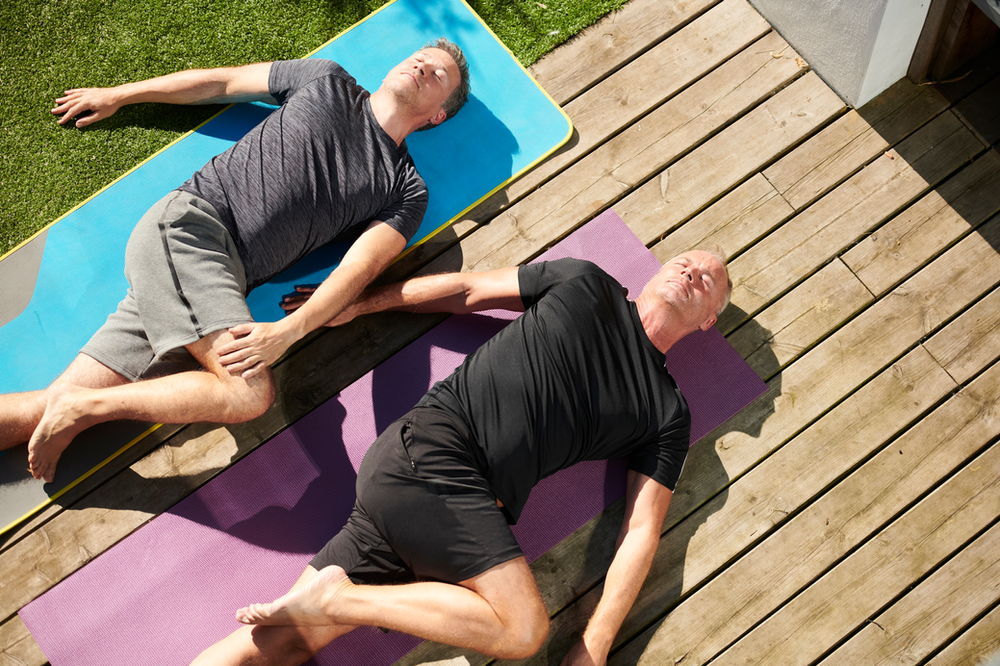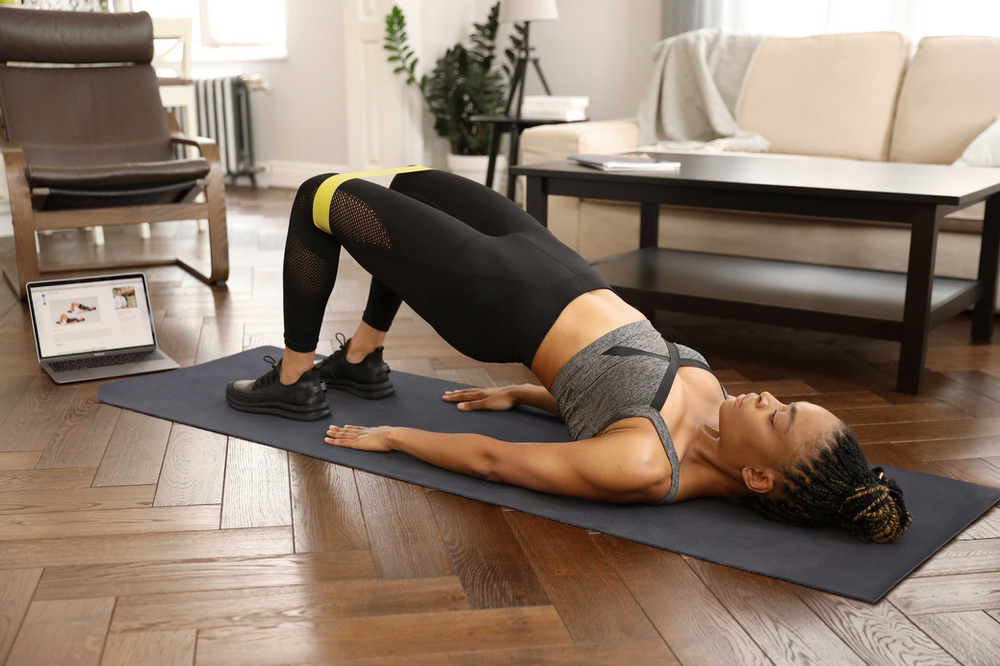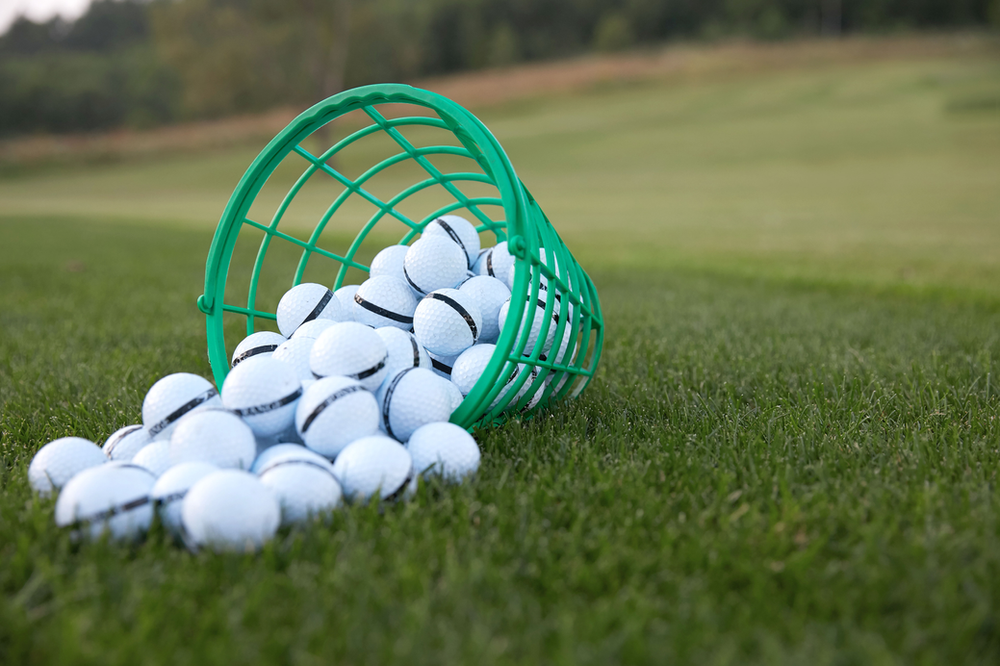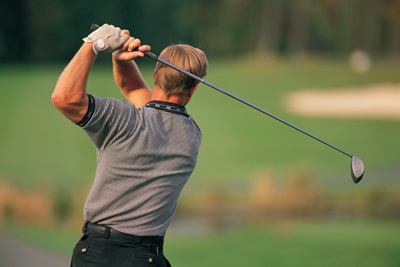Get in touch
(618) 746-9419
AdaptiveFitnessInfo@gmail.com
Is Your Desk Job Killing Your Golf Game?

If you’re a golfer with a 9-to-5 desk job, your office setup might be killing your score!
Sitting at a desk all day can do more than leave you with a stiff back—it could be wrecking your golf game. Poor posture and non-ergonomic workstations often lead to neck and back pain, which are among the most common issues physical therapists treat today. The increase in working from home has made these problems even worse, as many home setups aren't designed with proper ergonomics in mind.
For golfers, these everyday issues go beyond discomfort. They can limit your mobility, reduce your strength, and negatively impact your swing mechanics. If you’ve been struggling to improve your game, it could be time to focus on your posture and movement patterns. Let’s break down the key issues caused by prolonged sitting and desk work, how they affect your golf performance, and what you can do to fix them.
What Prolonged Sitting Does to Your Body
When you sit for hours every day, certain muscles become tight and overworked while others weaken and lose function. This imbalance leads to poor posture and movement restrictions that can significantly affect your swing. Two common patterns that develop are known as Upper Cross Syndrome (UCS) and Lower Cross Syndrome (LCS). While these might sound like medical jargon, they’re simple concepts that explain why your body feels tight and uncoordinated—and why your golf game might be suffering.
Understanding Upper Cross Syndrome (UCS)
Upper Cross Syndrome occurs when the muscles in the chest and upper traps become tight, while the deep neck flexors and lower traps weaken. This imbalance leads to:
-
Rounded shoulders
-
Forward head posture
-
Limited shoulder mobility
How it Impacts Your Golf Game:
-
C-Posture: Rounded shoulders result in a hunched upper back, making it difficult to rotate through your swing. This affects your ability to generate power and maintain consistency.
-
Loss of Thoracic Rotation: Poor upper-back mobility limits your ability to turn during the backswing and follow-through.
Quick Strategies to Address UCS:
-
Perform chest openers or a doorway stretch to counteract tightness.
-
Strengthen your upper back with prone Y-T-W exercises and rows .
-
Take posture breaks: stand up every 30–60 minutes and reset your shoulder and neck alignment.
Understanding Lower Cross Syndrome (LCS)
Lower Cross Syndrome refers to tight hip flexors and lower back muscles paired with weak glutes and abdominals. This imbalance creates an anterior pelvic tilt (forward-tilted hips), resulting in:
-
Lower back pain
-
Limited hip mobility
-
Sciatic pain or nerve impingement
How it Impacts Your Golf Game:
-
Weak Abdominals and Tight Hip Flexors: A weak core affects your balance and stability, leading to inconsistent swings. Tight hip flexors limit your ability to achieve proper posture at address and reduce the power generated through your hips.
-
Tight Hamstrings: Tight hamstrings restrict your ability to hinge properly at the hips, leading to poor posture and swing mechanics.
Quick Strategies to Address LCS:
-
Stretch hip flexors with a kneeling hip flexor stretch and improve hamstring flexibility with dynamic leg swings or hamstring stretches .
-
Strengthen your core and glutes with planks , glute bridges , and dead bugs .
-
Incorporate standing desk setups to avoid prolonged sitting and activate your lower body throughout the day.
How Your Desk Job Impacts Key Golf Mechanics
-
C-Posture: Poor posture from sitting leads to a rounded upper back, limiting shoulder turn and rotation. This makes it difficult to create a smooth, powerful swing.
-
Weak Abdominals: A strong core is essential for balance and generating torque during the swing. Weak abdominals lead to instability and reduced swing speed.
-
Tight Hamstrings and Hip Flexors: Tight hamstrings and hip flexors restrict your ability to maintain a proper hip hinge at address and limit your rotation, causing swing inefficiencies.
-
Loss of Thoracic Rotation: Spending hours in a static seated position reduces mobility in the thoracic spine (upper back), making it harder to achieve the rotation needed for an effective backswing and follow-through.
Strategies to Improve Motion and Posture Throughout the Workday
-
Frequent Movement Breaks: Set a timer to stand, stretch, and walk every 30–60 minutes. Movement helps reset your posture and improves blood flow.
-
Desk Stretches: Incorporate stretches like seated thoracic twists , chest openers , and hip flexor stretches to counteract the effects of prolonged sitting.
-
Ergonomic Desk Setup: Ensure your chair supports your lower back, your screen is at eye level, and your feet are flat on the floor to promote proper alignment.
-
Dynamic Warm-Ups Before Golf: Use exercises like cat-cows, arm circles, and standing trunk rotations to wake up your body and prepare for a full range of motion.
-
Strength and Mobility Training: Regularly incorporate exercises that focus on core strength, glute activation, and thoracic mobility to build a body that’s golf-ready.
Assess, Don’t Guess: Unlock Your Golf Potential
If you’re ready to take your game to the next level, the fastest way to improve is with a Golf Fitness Assessment . Stop guessing what your body needs—find out exactly what’s holding you back and get a personalized plan to improve your mobility, strength, and performance.
Click here to book your Golf Fitness Assessment today and get back to playing your best game!
#GolfFitness #GolfPerformance #PostureMatters #DeskJobStruggles #ImproveYourGame #GolfTips #UpperCrossSyndrome #LowerCrossSyndrome #MobilityMatters #CoreStrength #GolfPosture #HealthyGolf #WorkFromHomeFitness #AdaptiveFitness #GolfPainRelief #DeskJobRecovery #GolfSwingImprovement #ErgonomicsForGolf #GolfWellness #FitnessForGolf
Navigation
Contact Info
AdaptiveFitnessInfo@gmail.com
(618)746-9419
All Rights Reserved | Adaptive Fitness Golf Performance
Website By: New-Tie Marketing
